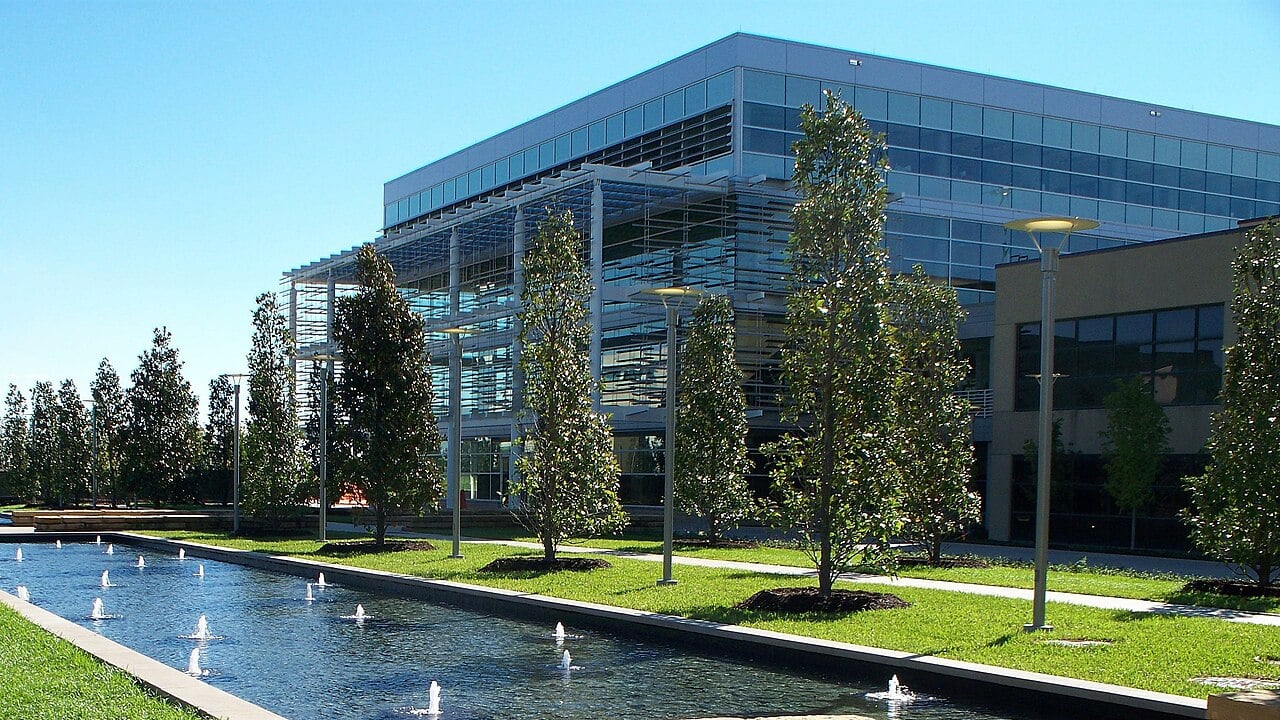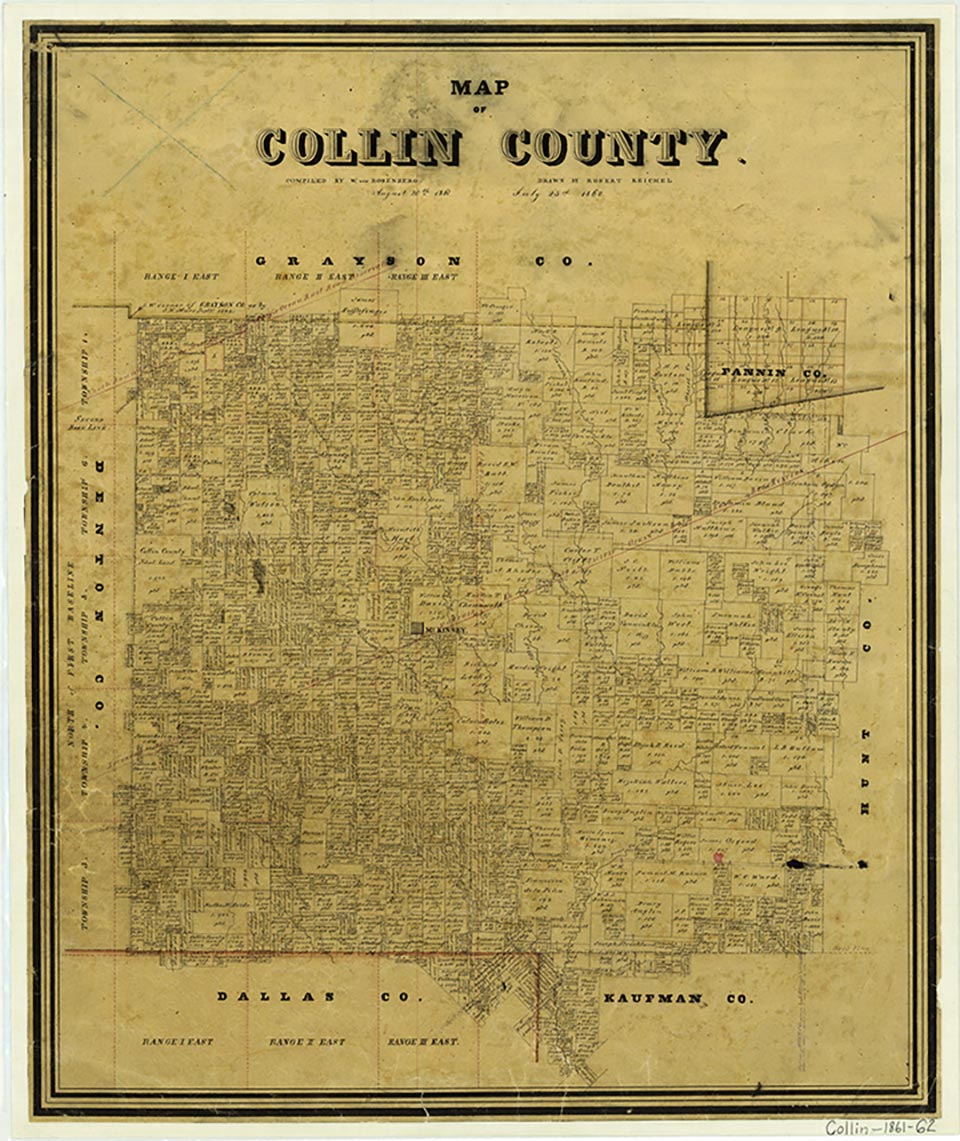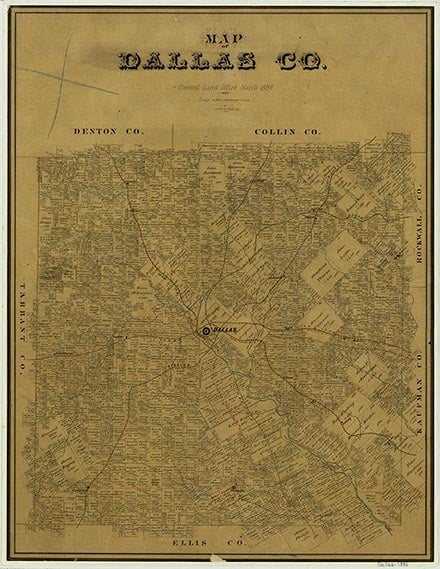The University of Texas at Dallas

Student Services Building at UTD


In 1959–60 the founders of Texas Instruments, John Erik Jonsson, Eugene McDermott, and Cecil Green, with the help of Lloyd Berkner, president of Associated University, established the Graduate Research Center of the Southwest in Dallas. Chartered on February 14, 1961, the center concentrated on education and research in science and technology and was initially quartered in the Fondren Science Library at Southern Methodist University. In 1962 land for the center was acquired by Jonsson, McDermott, and Green in Richardson, on the boundary of Dallas and Collin counties. In 1967 the name of the center was changed to the Southwest Center for Advanced Study, and in 1968 the coordinating board for the Texas College and University System recommended an upper-level state university in Dallas. The board called for opening the school as a commuter school for juniors, seniors, and graduate students, and the legislation authorized the University of Texas at Dallas. On September 18, 1969, the first students enrolled at the university. From 1969 to 1975 only graduate students were taught. In September 1975 juniors and seniors began to be admitted, and enrollment grew from 700 graduate students in the fall of 1974 to 3,333 students, only 45 percent of whom were graduate students in the fall of 1975. UTD has seen substantial growth; enrollment was 6,369 in 1980, 7,637 in 1989, and 8,980 in 1992. The typical UTD student is thirty years old, married, and has children. Most students work and take at least one evening class. In keeping with the nontraditional nature of the student body, there are no social fraternities and no intercollegiate sports at UTD.
In 1989 there were 200 full-time faculty members, 92 percent of whom held Ph.D. degrees. One fourth of the faculty had received degrees from either Harvard University, the University of California at Berkeley, the University of Texas at Austin, the University of Chicago, Stanford University, or Columbia University. UTD had 400 faculty members in 1992. UTD emphasizes research as well as teaching, and its annual research expenditures now top $14 million. It has consistently ranked third in Texas in sponsored research per full-time equivalent faculty member. The university is organized into seven schools: Arts and Humanities, Engineering and Computer Science, General Studies, Human Development, Management, Natural Sciences and Mathematics, and Social Sciences. Each of these schools is headed by a dean. Undergraduate programs within each school are headed by a college master, and graduate programs are headed by directors of graduate study. The university encourages interdisciplinary studies by dispensing with discipline-based departmental structures. There are fifty-nine degrees offered at UTD; Ph.D. degrees are offered in ten academic disciplines. Also offered are nineteen master's degrees and twenty-nine baccalaureate degrees.
Anthony Champagne | © TSHA

Adapted from the official Handbook of Texas, a state encyclopedia developed by Texas State Historical Association (TSHA). It is an authoritative source of trusted historical records.

- ✅ Adoption Status:
Belongs to
The University of Texas at Dallas is part of or belongs to the following places:
Date of Founding Notes
Classes first held in 1961 as Graduate Research of the Southwest; as Southwest Center for Advanced Studies, 1967; joined UT System with current name, 1969; full undergraduate program, 1975
People
-
President, Dr. Richard C. Benson Ph.D. 2016–Present
Currently Exists
Yes
Place type
The University of Texas at Dallas is classified as a College or University
Tags
External Websites
- The University of Texas at Dallas (Official Website)
Fall Faculty Count, 2019 View more »
1,266
Fall Enrollment Count, 2022 View more »
31,570
